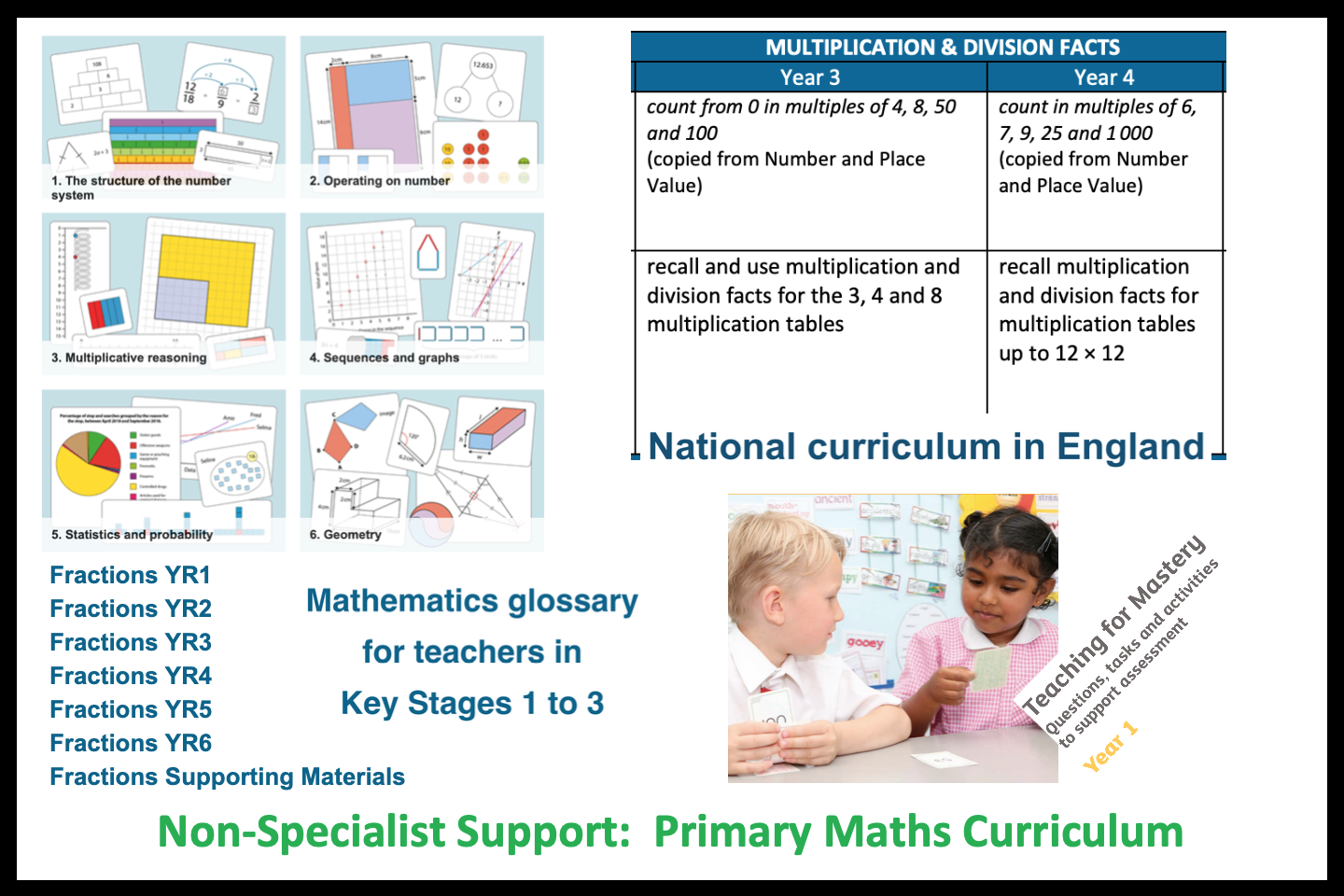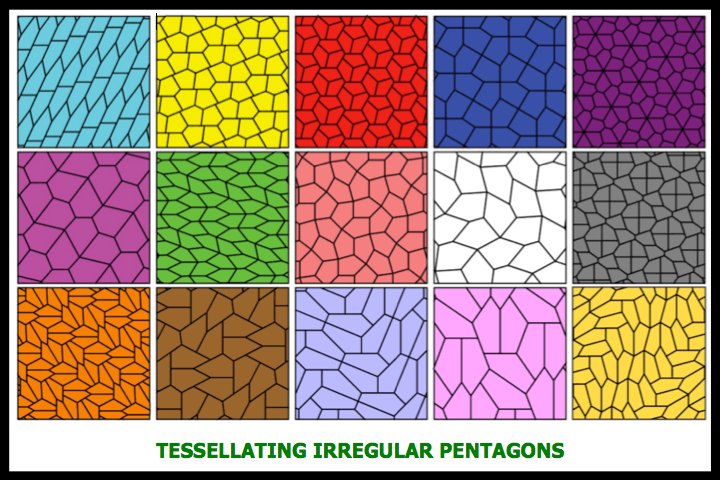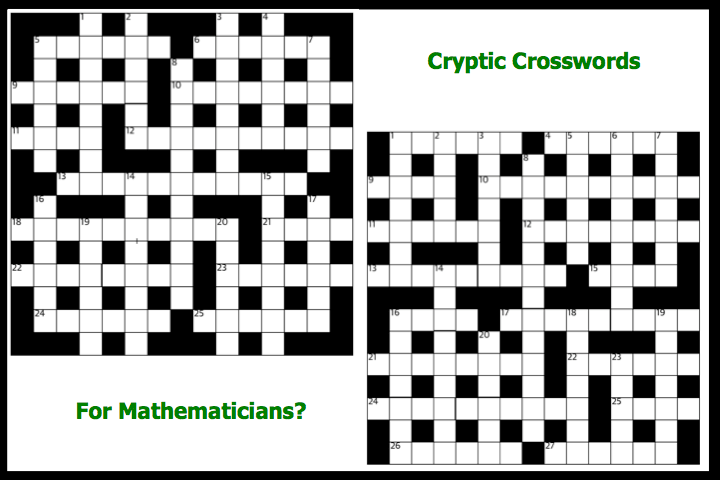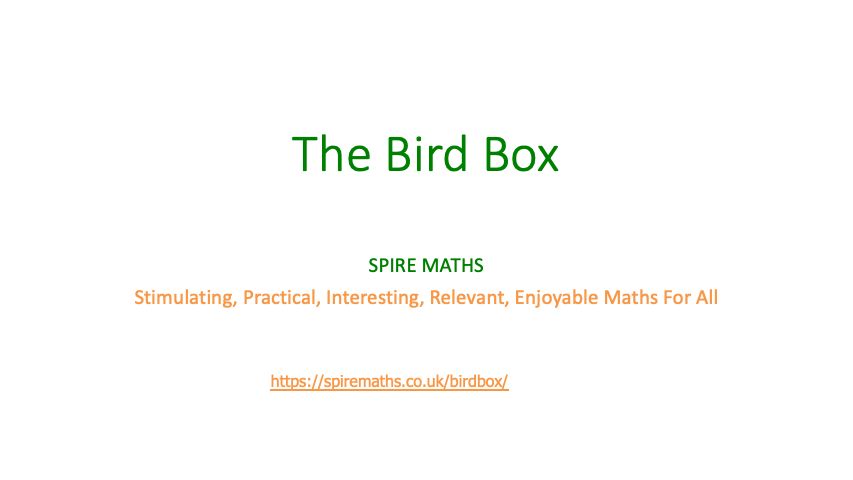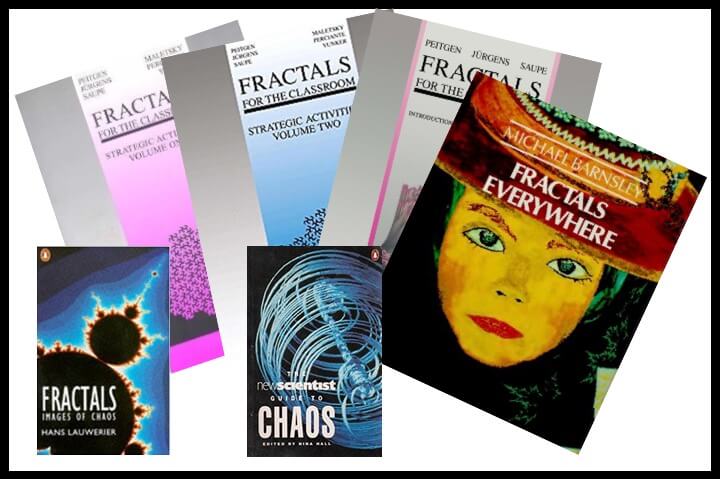
Here’s a great set of books on fractals Great to get your head round fractals. Purchasing info below. Click on each title to buy separately from Amazon.
Fractals Everywhere: The First Course in Deterministic Fractal Geometry ISBN 0-120-79062-9
One of the best books to emerge was in the 1980s on this topic was Michael Barnsley’s Fractals Everywhere, which brought a mathematical rigour to the subject. The Focus of this text is how fractal geometry can be used to model real objects in the physical world. The focus of this text is on now fractal geometry can be used to model real objects in the physical world. Rather than considering only fractal images of the been generated randomly, the approach here is to start with a natural object and find a specific fractal to fit it. Applications of fractal geometry extend to biological modelling, physiological modelling, geography, coastlines, turbulence, images, computer graphics, feathers, and ocean spray. The applications to computer graphics and, in particular, image compression for data transmission and reconstruction are exciting new developments.
Fractals for the Classroom: Part One Introduction to Fractals and Chaos ISBN 0-387-97041-X
Fractals for the Classroom breaks new ground as it brings an exciting branch of mathematics into the classroom. The book is a collection of independent chapters on the major concepts related to the science and mathematics of fractals. Written at the mathematical level of an advanced secondary student, Fractals for the Classroom includes many fascinating insights for the classroom teacher and integrates illustrations from a wide variety of applications with an enjoyable text to help bring the concepts alive and make them understandable to the average reader. This book will have a tremendous impact upon teachers, students, and the mathematics education of the general public. With the forthcoming companion materials, including four books on strategic classroom activities and lessons with interactive computer software, this package will be unparalleled.
Fractals for the Classroom: Strategic Activities Volume one ISBN 0-387-97346-X
Fractals have captured the attention, enthusiasm, and interest of many people around the world. To the casual observer, their colour, beauty, and geometric structure captivates the visual senses like few other things they have ever experienced in mathematics. To the computer scientist, fractals offer a rich environment in which to explore, create, and build a new visual world as an artist creating a new work. To the student, fractals bring mathematics out of past history and into the twenty-first century. To the mathematics teacher, fractals offer a unique, new opportunity to illustrate both the dynamics of mathematics and its many connecting links.
Fractals for the Classroom:Strategic Activities Volume two ISBN 0-387-97554-3
The same factors that motivated the writing of our first volume of strategic activities on fractals continued to encourage the assembly of additional activities for this second volume. Fractals provide a setting wherein students can enjoy hands-on experiences that involve important mathematical content connected to a wide range of physical and social phenomena. The striking graphic images, unexpected geometric properties, and fascinating numerical processes offer unparalleled opportunity for enthusiastic student inquiry.
Fractals: Images of Chaos ISBN 0-140-14411-0
Provides a basic mathematical introduction to fractal geometry, the mathematics that lie behind chaos theory. This book attempts to communicate the relatively simple understanding of the subject to an audience with a basic mathematical education.
The New Scientist Guide to Chaos ISBN 0-140-14571-0
A collection of articles, currently running in the “New Scientist”, on the theory and application of chaos from economics to animal behaviour. The articles featured include those by Ian Stewart, author of “Does God Play Dice?”, Franco Vivaldi and Benoit Mandelbrot.

